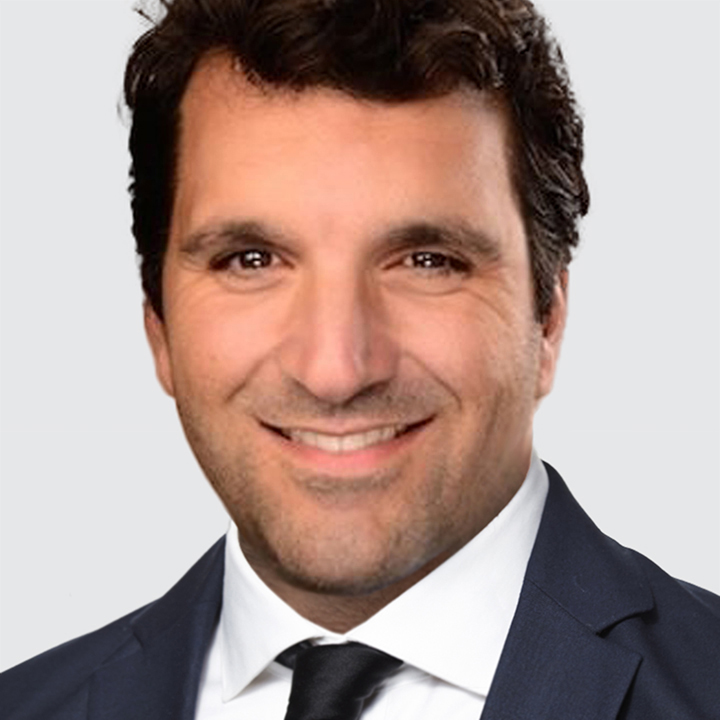Uncertainty Persists
The US added to the tariff uncertainty over the weekend. Late Friday, the Trump administration exempted a range of popular electronics from its so-called reciprocal tariffs, including a 145% levy on imports from China. On Sunday, Commerce Secretary Lutnick said that these goods would instead by subject to upcoming tariffs on semiconductors “coming in a month or two.”
Ongoing trade policy confusion is likely to feed into what we view as a growing loss of confidence in US policymakers. In turn, this has led to intensifying dollar weakness as well as a steady rise in long-term Treasury yields. The divergence between a falling USD and wider US-G6 2-year bond yield spreads is a sign of the dwindling credibility in US policymaking. But the divergence also means that any positive policy surprise from the White House could trigger a material relief rally in USD.
The March New York Fed inflation expectations is today’s highlight (4:00pm London). In February, the survey reinforced the case that progress on inflation is stalling above 2%. Inflation expectations for one, three, and five years ahead are all close to 3%. The timelier University of Michigan consumer inflation expectations survey suggests long-term inflation expectations are becoming unanchored. Inflation expectations 5-10 years out surged to 4.4% in April, the highest since June 1991.
New York Fed President John Williams said Friday he expects “increased tariffs to boost inflation this year to somewhere between 3-1/2 and 4 percent.” If so, the Fed is unlikely to deliver the 75bps of cuts currently priced by Fed funds futures this year. The Fed’s limited scope to ease as the US growth outlook worsens is a recipe for further USD weakness mostly against safe haven currencies (JPY, CHF, and EUR). Fed speakers today include: Fed Governor Christopher Waller (6:00pm London) and Philadelphia Fed President Patrick Harker (2026 FOMC voter) (11:00pm London).
SINGAPORE
The Monetary Authority of Singapore (MAS) delivered on expectations and loosened policy for a second time this year. MAS noted the rate of appreciation of the Singapore dollar nominal effective exchange rate (S$NEER) “will be reduced slightly” but kept the width and midpoint unchanged.
The risk is MAS loosens policy more aggressively this year by lowering the mid-point of its S$NEER policy band. MAS slashed its core inflation forecast to average 0.5–1.5% in 2025, down from 1.0–2.0% in January, and projects GDP growth to slow to 0.0–2.0% in 2025 from 4.4% last year. MAS warned that “a more abrupt or persistent weakening in global trade will have significant ramifications on Singapore’s trade-related sectors, and in turn, the broader economy.”
The downside risk to Singapore’s economy may already be materializing. Real GDP contracted more than expected in Q1 by -0.8% q/q (consensus: -0.4%) vs. 0.5% in Q4 driven by downturns in manufacturing and construction.
CHINA
CNH is underperforming almost all currencies. The People’s Bank of China (PBOC) set the USD/CNY fixing at 7.2110, the weakest level since September 2023. The PBOC is gradually guiding the renminbi lower.
China credit growth surged in March. New aggregate social financing rose by 5.9 trillion yuan vs. 2.2 trillion yuan rise in February driven by an acceleration in bank loans and government bond issuance. Chinese banks were urged in March to expand consumer loans as part of policymaker’s attempt to boost consumption.
Nevertheless, three major structural constraints continue to prevent any meaningful effort to increase the role consumption plays in China’s economy: low household income levels, high precautionary savings, and high levels of household debt.
China trade surplus widened more than expected in March on tariff-front running. The trade surplus increased to $102.64bn (consensus: $75.15bn) vs. $31.72bn in February. Exports soared 12.4% m/m vs. -3% in February and imports fell -4.3% y/y vs. 1.5% in February. Going forward, the trade war is bound to be a drag on China’s external sector.

